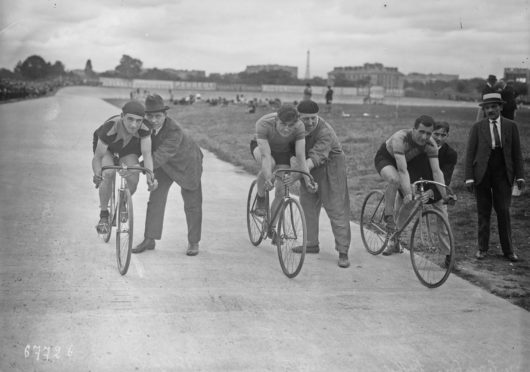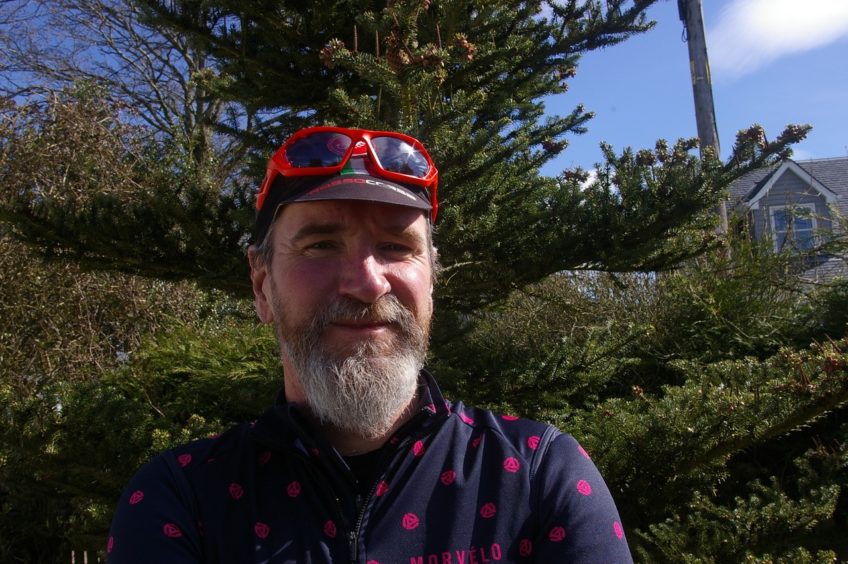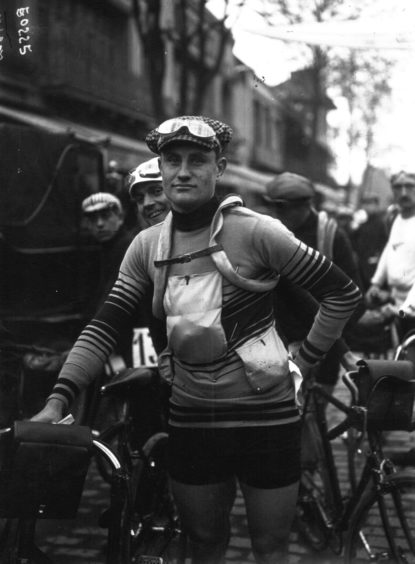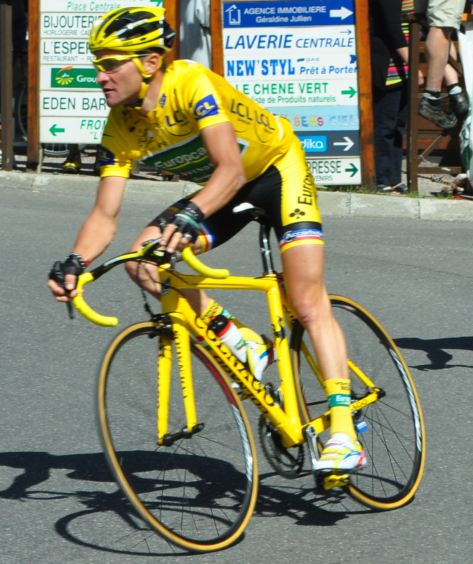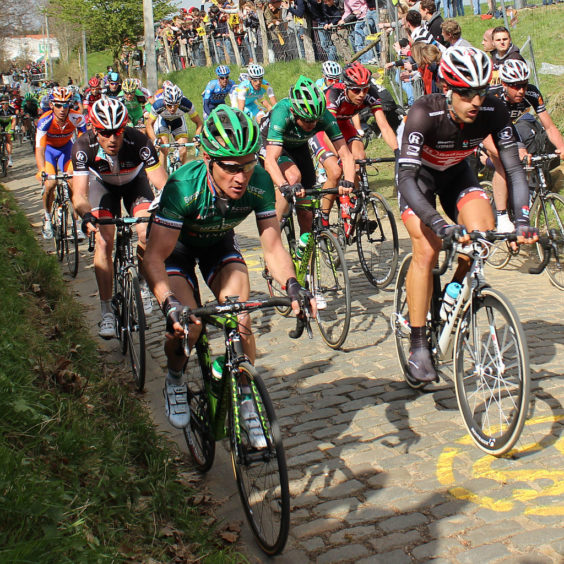In April 1919 an extraordinary bike race took racing cyclists over seven 300km stages on a loop that started and finished in Strasbourg, passing through Paris, Luxembourg and the Vosges Mountains on its way.
The race that crossed the fields of Flanders, Ypres and the Somme was the Circuit Cycliste de Champs de Bataile (Tour of the Battlefields), was organised by the newspaper Le Petit Journal and led riders over the western front that only a few months earlier had been an epicentre of devastating death and destruction.
Four years earlier, on the morning of June 29 1914, the 12th Tour de France was beginning in Paris. On that same fateful day, over 1000 miles away in Bosnia, the Archduke Franz Ferdinand was assassinated by Gavrilo Princip of the Black Hand society, an act that was enough to tip an already unstable Europe into what would become the First World War.
It seemed unlikely that cycle racing could recommence for some time – many racers had been killed, or wounded in the trenches, and it was doubtful the public still had an appetite for it. But the organisers went ahead determinedly and 140 riders registered to race, although many were unable to train, or assemble enough basic equipment.
To add to the difficulties, the world was in the middle of the deadly Spanish Flu pandemic that infected 500 million people.
Still, 87 riders lined up for the start, only five months after the armistice of November 11 1918, ready to race through towns and villages left in ruins from four years of warfare.
The prize on offer by Le Petit Journal was 8,500 francs, the equivalent of four years of wages for a typical working man.
Roads were obliterated from millions of shells that had fallen on the western front and as riders raced through appalling conditions, with heavy snow and rain falling continuously, their minds must have been on the millions who had fought and died in this blasted countryside.
The race organisers had only provided a very basic route for the riders to follow, and often they would have to dismount and search through rubble to find signposts.
The weather increasingly deteriorated as the race went on. A metre of snow fell throughout northern Europe that April and the riders, clad in wool shorts and jerseys, desperately sought any form of respite from the atrocious conditions.
Charles Deruyter finished stage two wearing a women’s full-length fur coat that he had borrowed en route. Riders resorted to carrying their bikes over the climb of the Ballon d’Alsace on the penultimate stage as snow and ice made the ascent all but impossible.
It was Deruyter who emerged through the gates of the Parc des Princes two hours and 25 minutes ahead of second-placed Urban Anseeuw.
It would be vainglorious and ill-judged to describe Deruyter’s achievement as a victory considering the millions who had lost their lives in the landscape they had raced. The Circuit Cycliste de Champs de Bataile has become regarded as the toughest bike race ever raced. One more version of the race was organised for the following year, but as a single day event.
The history of cycle racing in Europe is inevitably entwined with these world events and many races still cross the roads that were the scenes of devastating battles.
I have guided riders on many roads around Europe and the visible reminders of those conflicts, such as the tank barriers on the Col du Petit-Saint-Bernard that formed part of the Alpine section of the Maginot Line, and the deserted Casernes de Restefond military barracks on the Col de la Bonnette, are still clearly visible.
They are sobering reminders of those who have sacrificed their lives for the freedoms we enjoy today.
Cycling miscellany
Barodeur – A French term for an adventurer and commonly applied to road racing cyclists who specialise in attacking races from the very start to give their sponsor maximum visibility and to try their luck at winning in an all or nothing attack.
A popular example of such a racer is the French rider Thomas Voeckler. The word is derived from Arabic where its meaning is “dynamite”.
